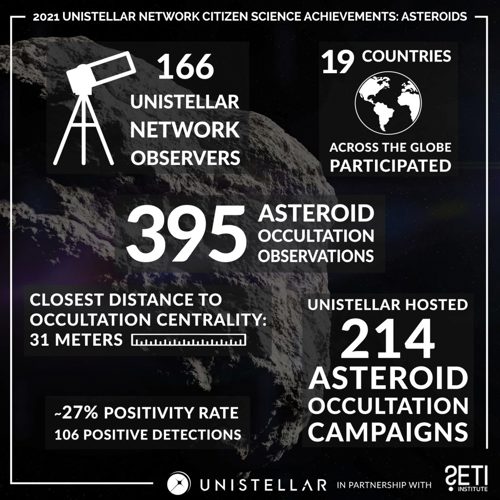
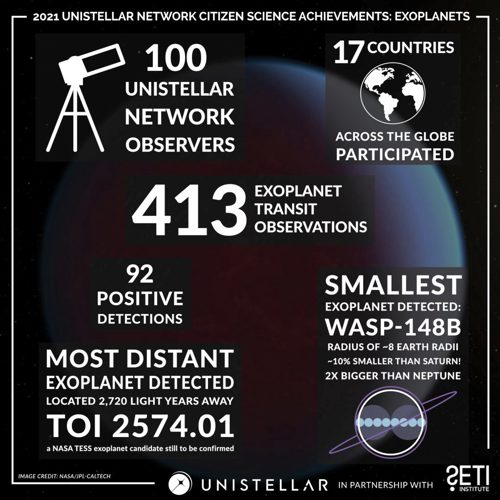
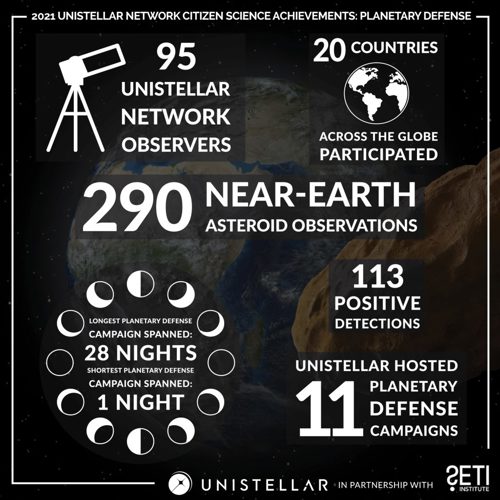
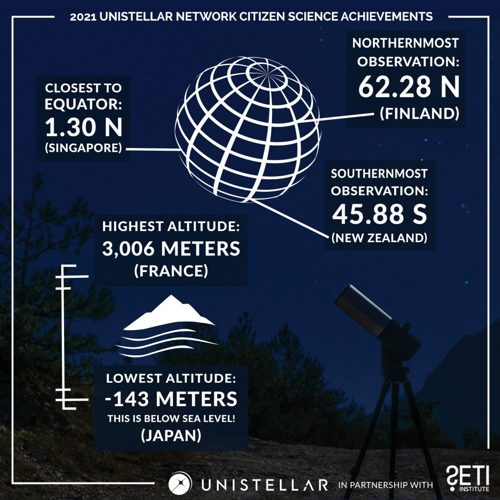
Unistellar’s global network of citizen scientists made hundreds of astronomical observations in 2021, including asteroid occultations, exoplanet transits and asteroid observations. Their work included meaningful contributions to NASA's Lucy mission to the Trojan asteroids, as presented at scientific conferences and helped community college students throughout the United States gain hands-on scientific experience.
"Citizen scientists recorded more than 1,000 scientific observations last year using the Unistellar network,” said Franck Marchis, senior astronomer at the SETI Institute and chief scientific officer at Unistellar. “It's truly the result of the collaboration between scientists at the SETI Institute and citizen scientists around the world who have dedicated their personal time to participate in scientific programs linked to NASA and ESA goals, like the NASA Lucy mission or the Solar Orbiter flyby. We are entering a new era of astronomy when all of us can contribute time to study and understand our universe. We are planning to expand this program with new studies related to comets and transient events in the year 2022."
Some highlights include:
Community College Engagement and Asteroid Detection:
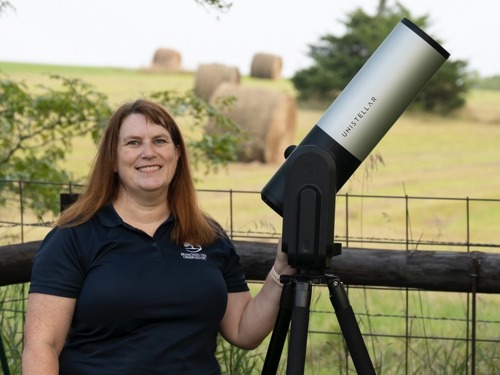
Kendra Sibbernsen, Physics and Astronomy instructor at the Metropolitan Community College (Nebraska, USA), was the first instructor from a network of community colleges to make a successful detection as a Unistellar citizen astronomer! In November 2021, Kendra positively detected main-belt asteroid Itha.
Read more about how the SETI Institute and Unistellar are working with community colleges:
SETI Institute and Unistellar to Provide eVscopes, Workshops to Community Colleges
The Lucy Mission:
On May 9, the shadow of the Trojan asteroid Patroclus swept across the continental US, and members of the Unistellar community were there to observe it. Patroclus is exciting to scientists because it's one of the targets for NASA’s Lucy mission, which launched in October of 2021 to study the Trojans. With better data on Patroclus, thanks in part to citizen science observations, the Lucy spacecraft will be able to fly by this never-before-visited asteroid more confidently.
Unistellar citizen scientists were invited to attend the launch in recognition of their contributions. They met up with members of the Unistellar team to watch the Lucy spacecraft soar above the clouds and into orbit.
You can watch our videos with this team here:
Exoplanet Detection:
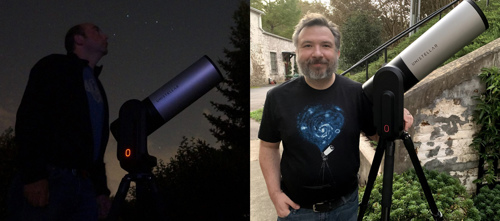
Two Unistellar observers celebrated a very different kind of observation over the summer. Unistellar Ambassadors Bruno Guillet and Justus Randolph pulled off a unique feat in November 2020 as they tag-teamed a cross-Atlantic observation of an exoplanet transit. With their data, Unistellar scientists were able to stitch together the observations into a single lightcurve that validated the detection of exoplanet candidate TOI 2031.01 in June of last year. Bruno and Justus presented their observations in a poster for the AAVSO annual meeting later in November 2021.
You can read more about this project here:
Cross Atlantic Planet-Hunting
And watch a video here:
For more information about the contributions of Unistellar’s citizen science network:
2021 Unistellar Citizen Science Recap: Asteroids, Exoplanets and Hundreds of Detections
News
Related News
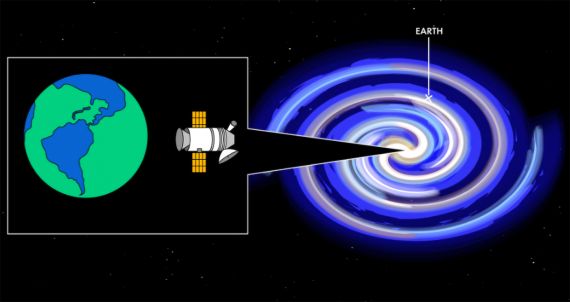
Earth Detecting Earth
#Press Releases #SETI #Astronomy #Solar System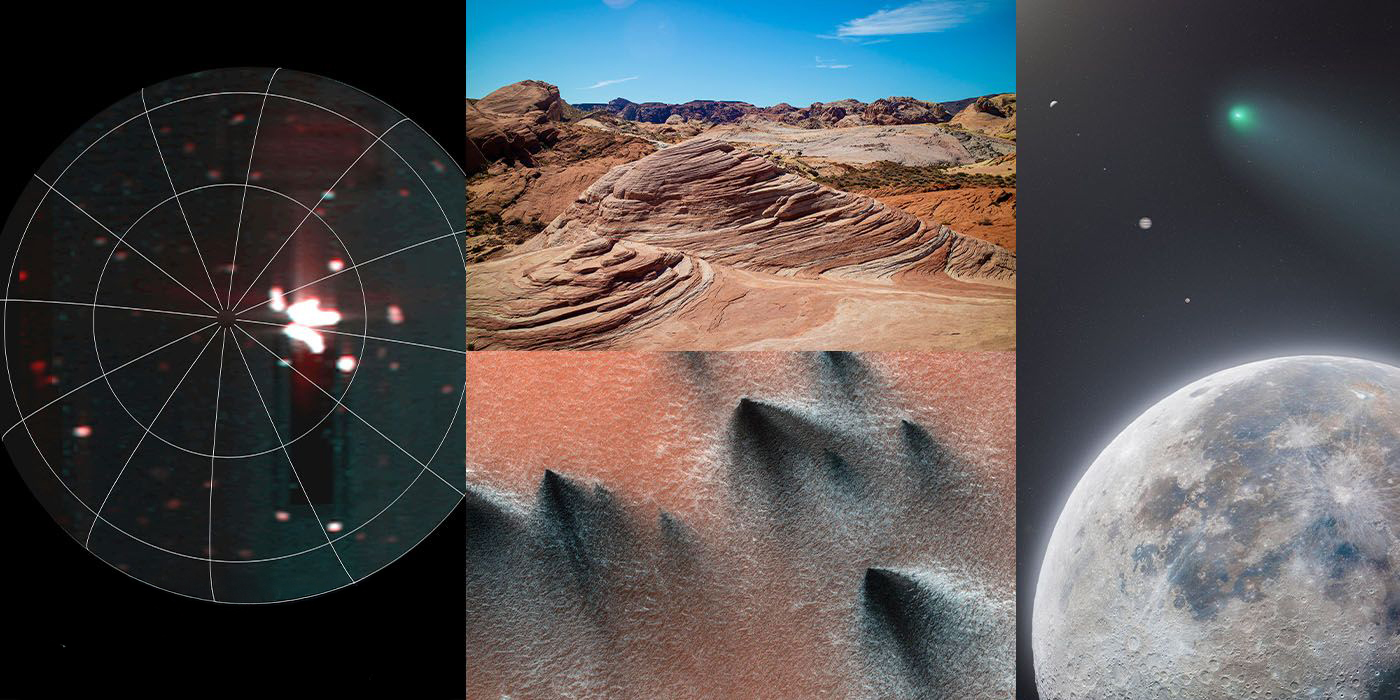
Planetary Picture of the Day - Week of January 27, 2025
Interesting features on our world and other worlds, as well as a planetary parade! #PPOD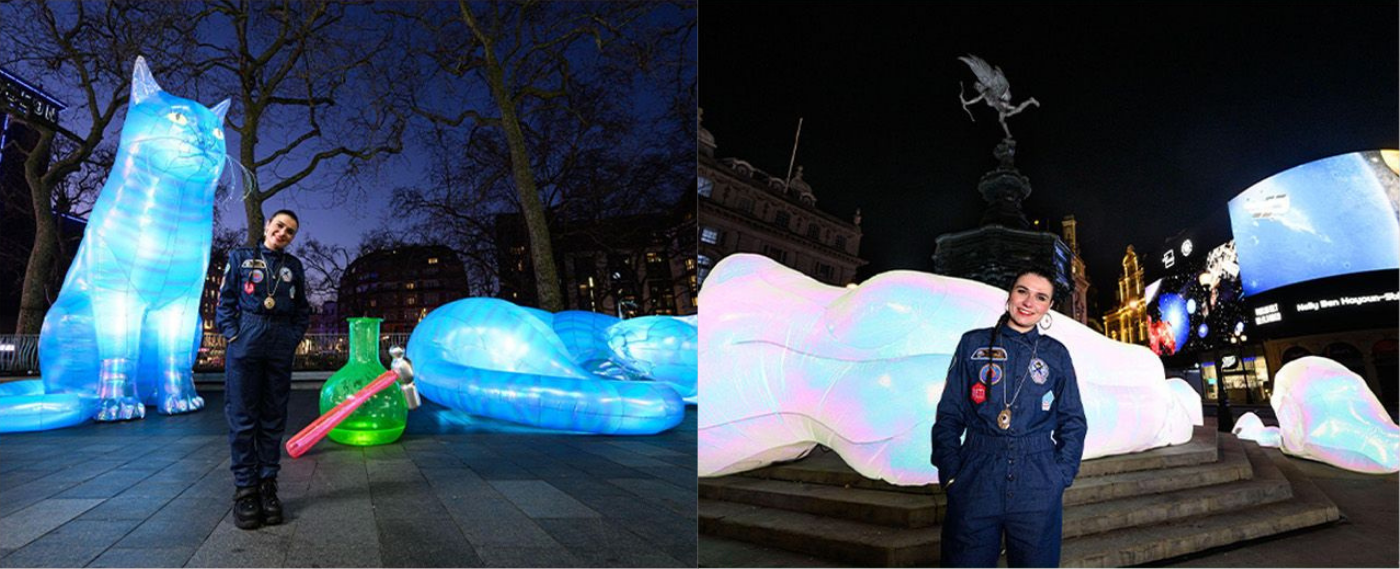
Asteroids, Neon Cats & Music From The Moon – London Becomes A Free Cosmic Playground
#SETI Institute #Unistellar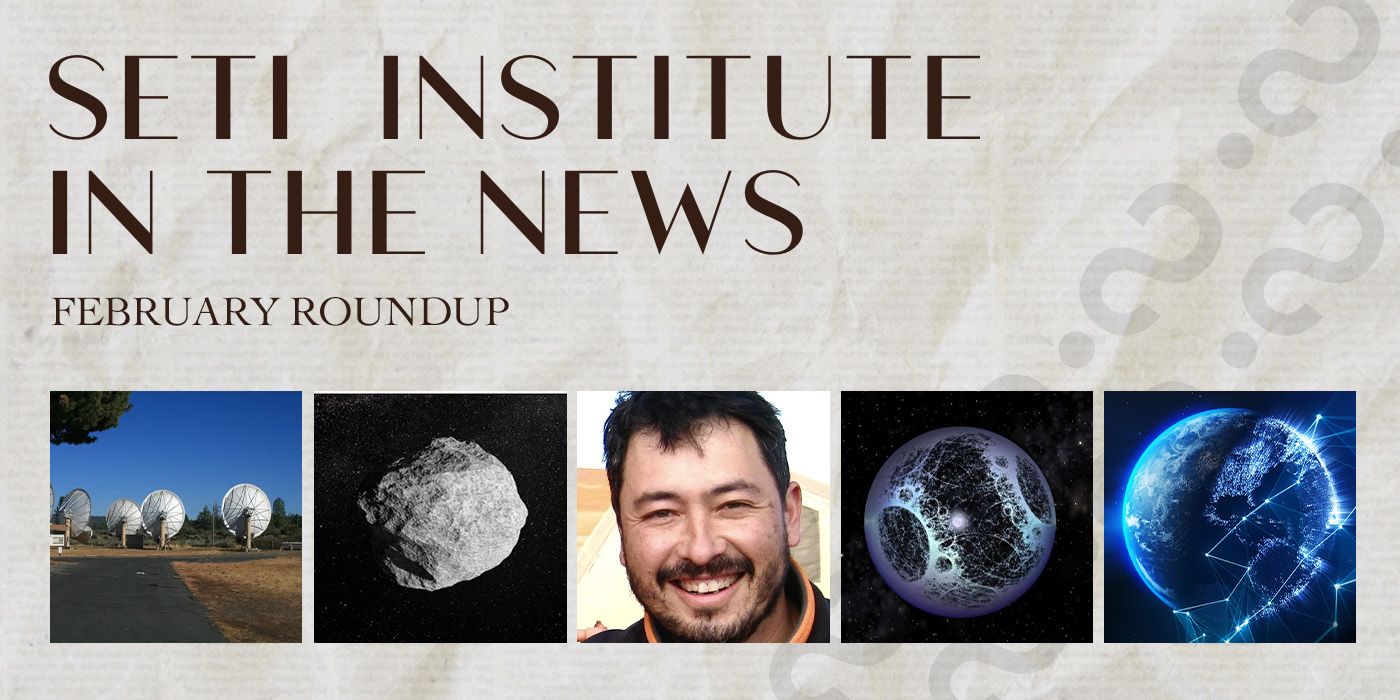
SETI Institute in the News: February Roundup
SETI Institute in the News: February Roundup #SETI Institute in the News
Space is the Case: A Conversation with SETI Artist in Residence Martin Wilner
#SETI Live Blog #AIR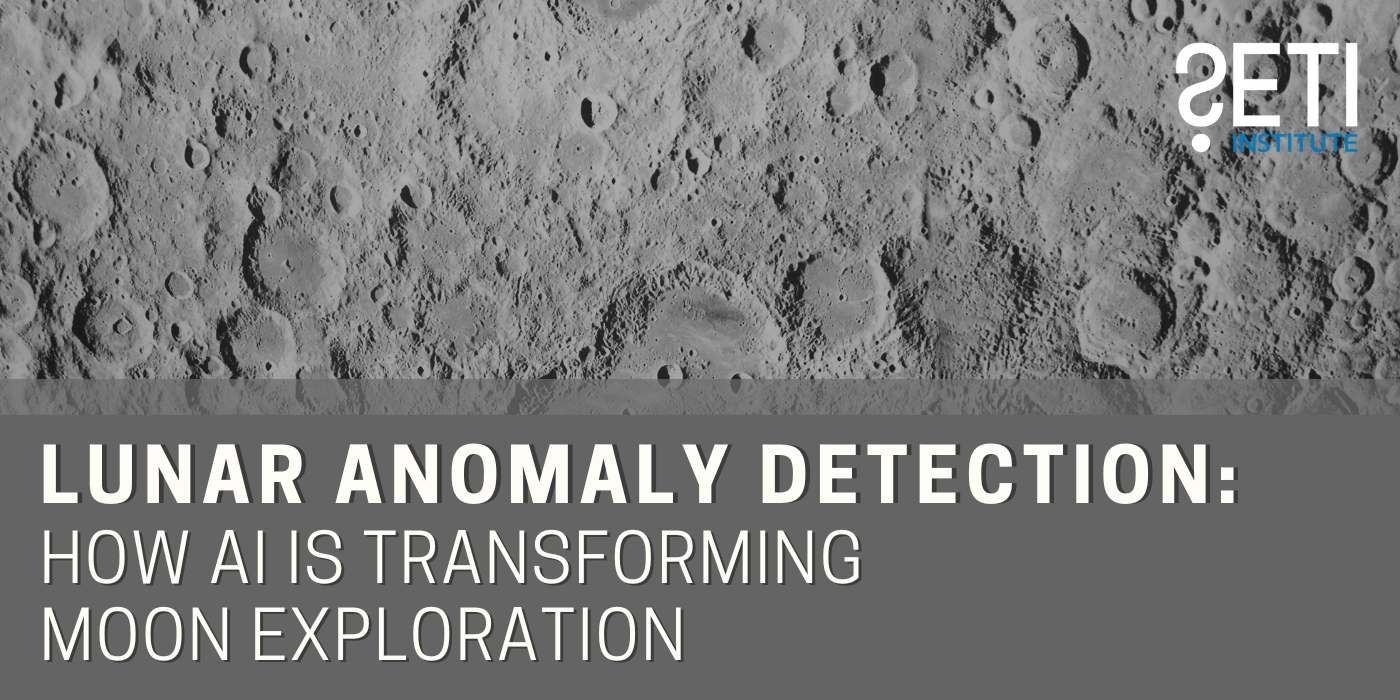
Lunar Anomaly Detection: How AI is Transforming Moon Exploration
#Moon #Solar System #SETI Live BlogResearch
Related Projects
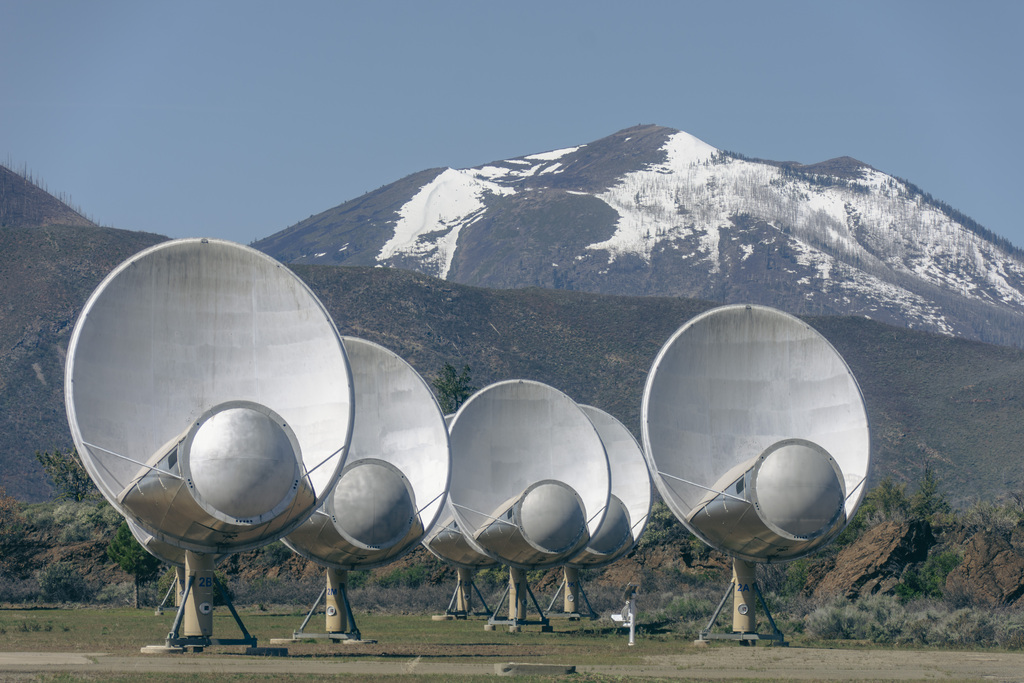
The Allen Telescope Array (ATA)
The ATA is the first radio telescope designed from the ground up to be used for SETI searches. #ATA #Radio Astronomy #Hat Creek Radio Observatory #HCRO #ATA News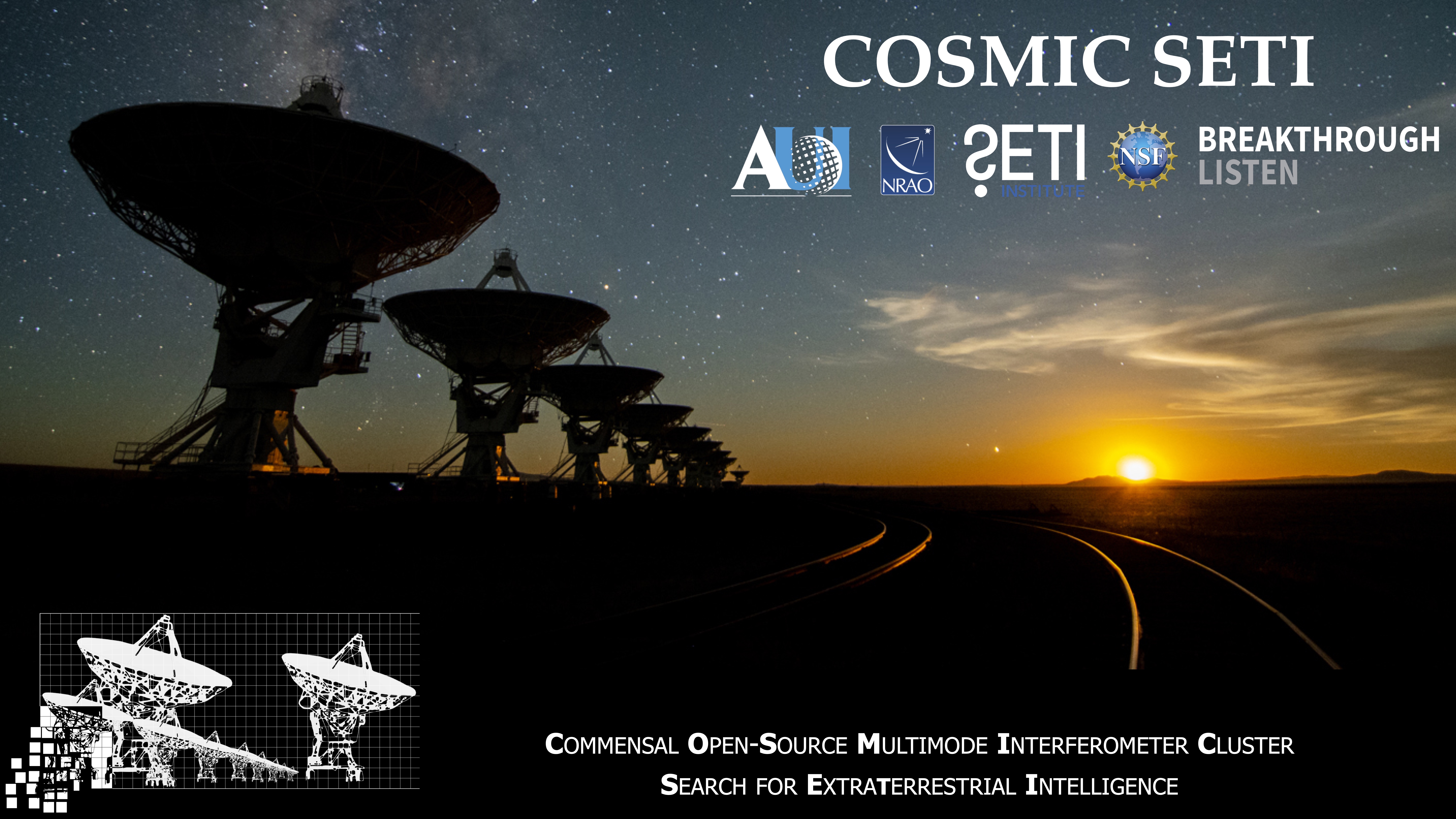
COSMIC
The Commensal Open-Source Multimode Interferometer Cluster (COSMIC) is a new commensal Ethernet-based digital signal processing backend and computer cluster on the VLA in New Mexico operated through the NRAO. #COSMIC #VLA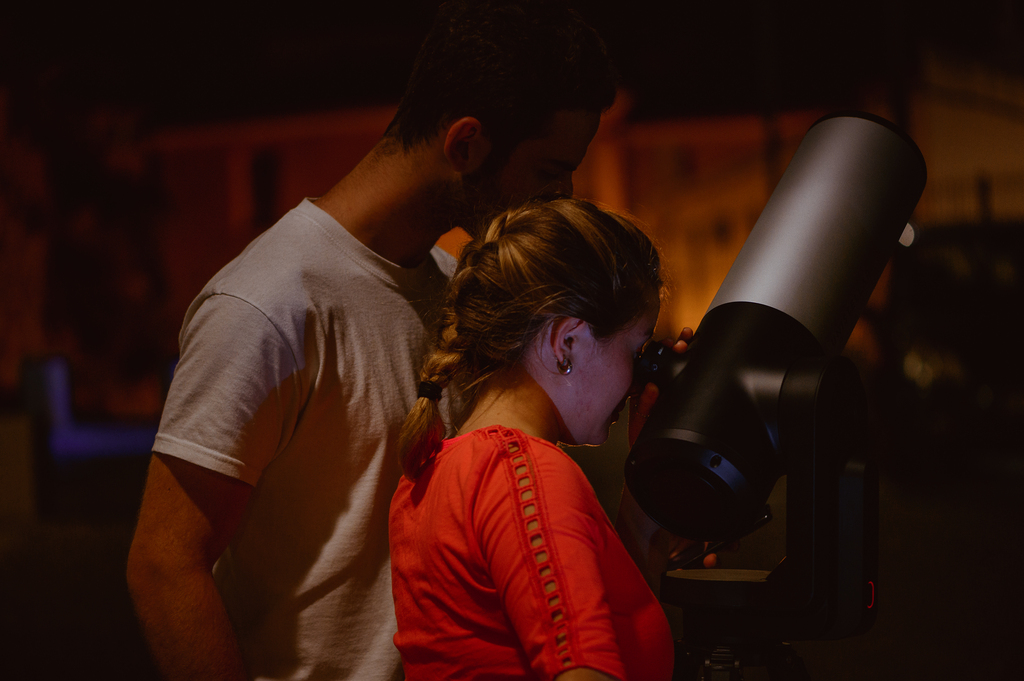
Unistellar Network
Leverage your eVscope's power and join a community of users to image intriguing astronomical events such as supernovae and exoplanet transits, while making a valuable contribution to research. #Unistellar #Citizen ScienceSupport the
SETI Institute
Scientists are getting closer in their search for life beyond earth. But with limited federal funding for the search for extraterrestrial intelligence, supporters are the reason cutting-edge scientists can keep their eyes on the sky.
)
